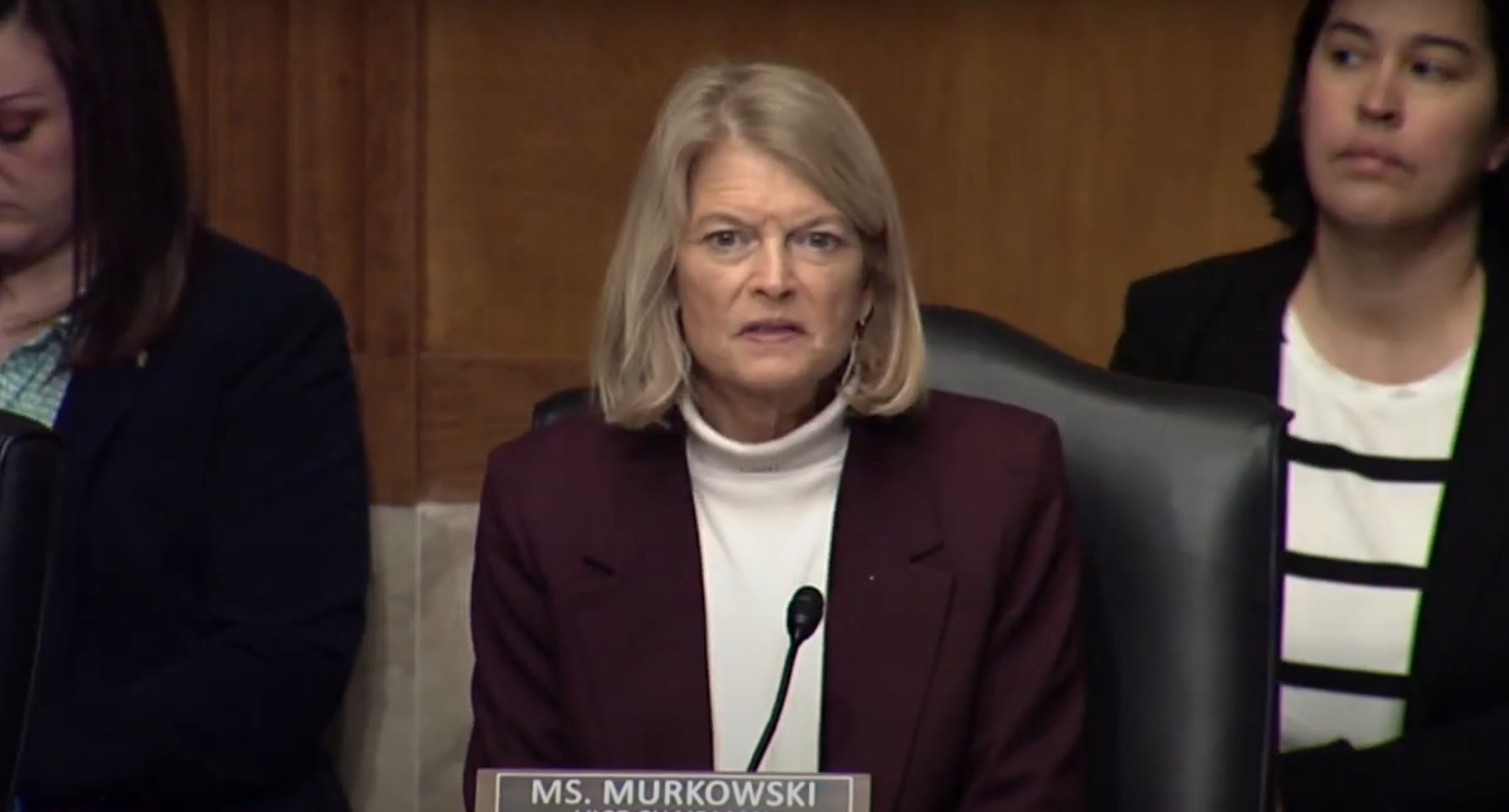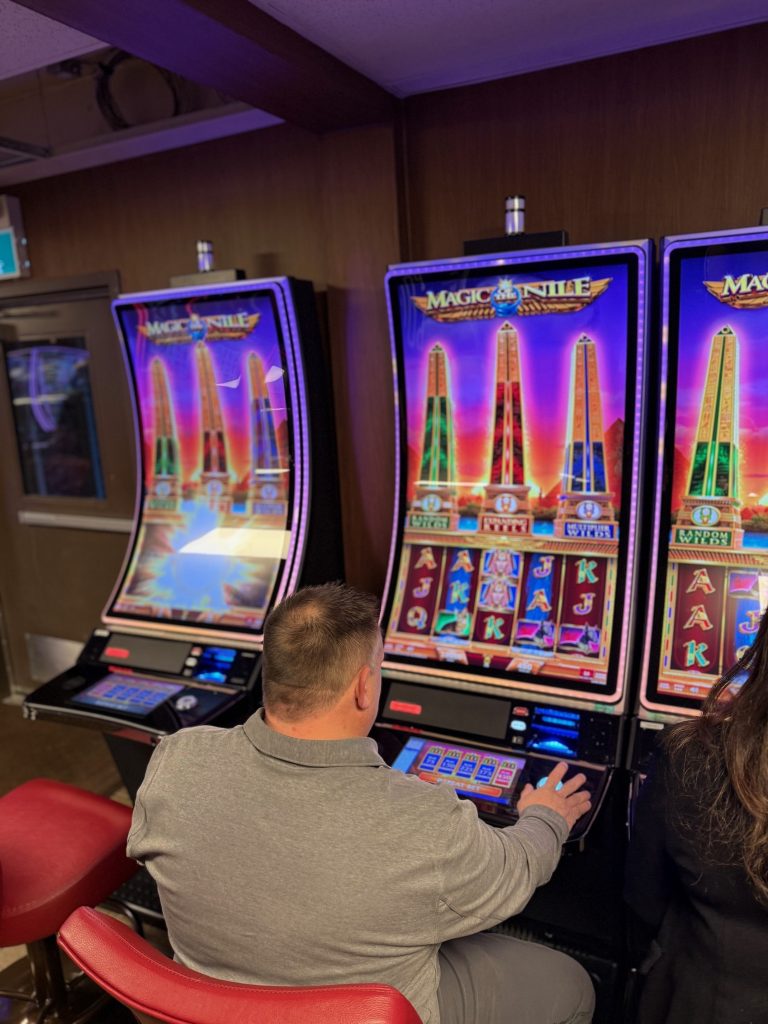Podcast: Play in new window | Download | Embed
Photo: Indian Health Service is headquartered in Rockville, Md. (Antony-22 / Wikimedia)
U.S. lawmakers are considering legislation, which would elevate the Indian Health Service Director position to Assistant Secretary for Indian Health within the Department of Health and Human Services.
The bill was heard this week, in the House Committee on Natural Resources Subcommittee on Indian and Insular Affairs.
Interim National Indian Health Board CEO AC Locklear testified in support of the Stronger Engagement for Indian Health Needs Act.
The assistant secretary would have more privileges within the agency working to strengthen advocacy and policies and prioritize funding for Indian health care.
Locklear says elevating the position would ensure direct tribal representation at the highest levels of government.
“Just being able to be that principal advisor across the board. Directors are typically directed to execute a particular program such as direct services. The assistant secretary would be able to have more strategy behind a lot of their work in advising the secretary.”
The position is supported by health secretary nominee Robert F. Kennedy, Jr.
During his confirmation hearing, Kennedy said he’d bring in a Native person at the assistant secretary level.
 This week, U.S. Sen. Lisa Murkowski (R-AK), chair of the Senate Committee on Indian Affairs, sent a letter to the Office of Management and Budget.
This week, U.S. Sen. Lisa Murkowski (R-AK), chair of the Senate Committee on Indian Affairs, sent a letter to the Office of Management and Budget.
She’s seeking to ensure tribes and tribal programs, and the federal funding they receive are not affected by the president’s orders and policies.
Sen. Murkowski said any pauses or elimination of tribal programs would undermine the United States’ trust responsibility.
She asked OMB to take action now to reaffirm the unique treatment, programs and services to tribes based on their political and legal status.

Students of the Alaska Native Science and Engineering Program carry strips of baleen to give them to the representatives of organizations that support ANSEP. The gifting was a part of ANSEP’s 30th anniversary celebration on Friday, Jan. 31, at the Dena’ina Civic and Convention Center in Anchorage, Alaska. (Photo: Alena Naiden / KNBA)
A program that has supported thousands of Alaska students from across the state recently celebrated its 30th anniversary.
Alena Naiden, Alaska Desk reporter from our flagship station KNBA, has more.
Alaska Native Science and Engineering Program (ANSEP) began 30 years ago to help one Indigenous student get a scholarship.
Since then, ANSEP has helped more than 2,500 Alaskans from all over the state get their footing in science, engineering, and business.
Matt Calhoun, the program’s executive director, is Athabaskan from Southcentral Alaska, with roots in the Upper Kuskokwim River region.
Calhoun dropped out of college back in the 1990s but returned to become one of the first ANSEP students – and, according to the University of Alaska Anchorage, the first Alaska Native to earn a Ph.D. in civil engineering.
Calhoun said there were 20 university students in the program when he started.
“Now there’s thousands, from kindergarten to PhD. That’s really the progress that’s occurred over the past 30 years.”
ANSEP is a University of Alaska program funded through a variety of government and private organizations.
One of its main features is that it allows middle and high school students to take college classes, helping families – as well as the state as a whole – save money.
One of those students is Isabella January.
Originally from Bethel, she joined the program because she wanted to dip her toes into science. But by the time she graduated high school, she’d already earned 125 college credits.
This spring, she will graduate with an associate of science degree and then attend the School of Medicine at the University of Missouri-Kansas City in the fall.
“I plan to specialize in either neurosurgery or emergency medicine, and I will be receiving my MD within the next four years. It is all thanks to ANSEP for allowing me to get a jump start in my career.”
She said she hopes to specialize in removing tumors or treating aneurysms and strokes.
Several hundred participants – including students, alumni, partners, and supporters – gathered at the Dena’ina Civic and Convention Center for the anniversary celebration, which was a night filled with music, dance, food, and speeches.
The event featured keynote speaker Izzy Yasana, a value brand manager at Nike and a member of the Klamath and Modoc tribes.
Following the ANSEP tradition, students presented giant strips of baleen to various organizations for their support of the program.
ANSEP founder Herb Schroeder spoke during the event as well.
Schroeder said the idea behind the program was to grow the number of Alaska Native professionals working in areas like fish and wildlife management, health care, and education.
He said he faced pushback for that initiative and saw mistreatment of Alaska Native students in schools and universities.
He said he realized that scholarship money wasn’t what students really needed.
“What they needed was somebody to believe in them. For the students – thank you for inspiring us every single day by doing what was once considered impossible. It is the honor of my life to have helped kick down the walls of ignorance that denied opportunity to so many for so long.”
Get National Native News delivered to your inbox daily. Sign up for our daily newsletter today.



